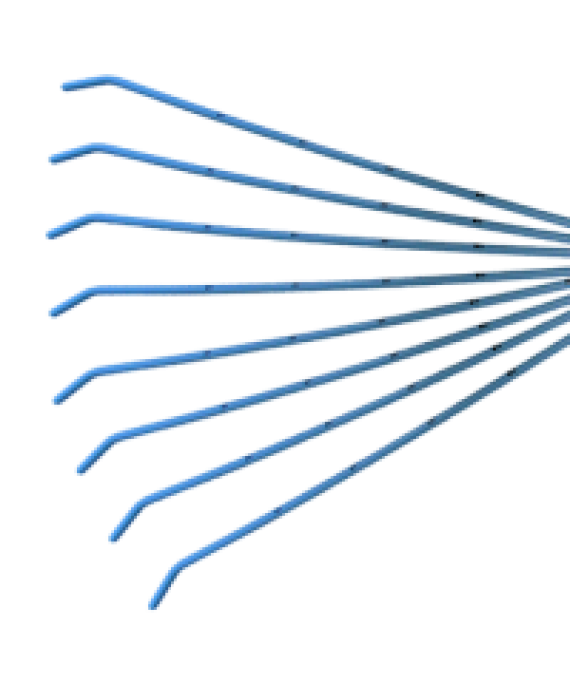Bougie
Bougies are available in a wide range of sizes and degrees of flexibility. They may consist only of a simple cylinder. The cylinder may be equipped with such devices as: (1) an inflatable balloon to apply pressure against obstructions or narrowed walls; (2) a gauge to measure the pressure applied by the balloon; (3) a wire that is positioned at the site of a stricture, blockage or another problem to guide other instruments into the passageway; (4) a channel through which dye can be injected so that a site can be identified on a fluoroscope and (5) a light to illuminate a passageway for examination.
Bougies may be used to treat strictures and blockages in the esophagus, the intestines, the rectum, the anus, the ureters (the tubes that transport urine from the kidneys to the bladder) and the urethra (the canal that transports urine from the bladder to the outside). A stricture is an abnormally narrow section of a passageway while a blockage is an obstruction within a passageway.
Bougies equipped with lights are sometimes used in surgery involving the colon, rectum, abdomen and chest to help physicians view and identify internal structures.

